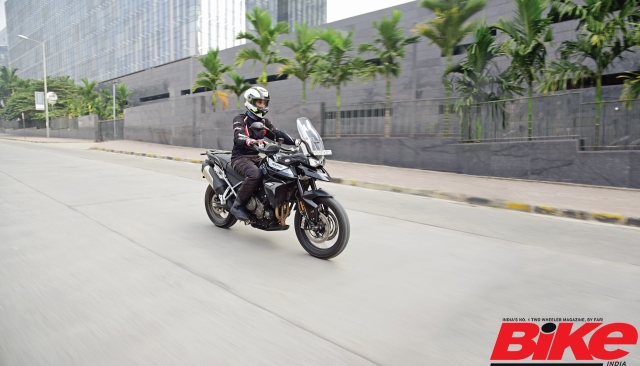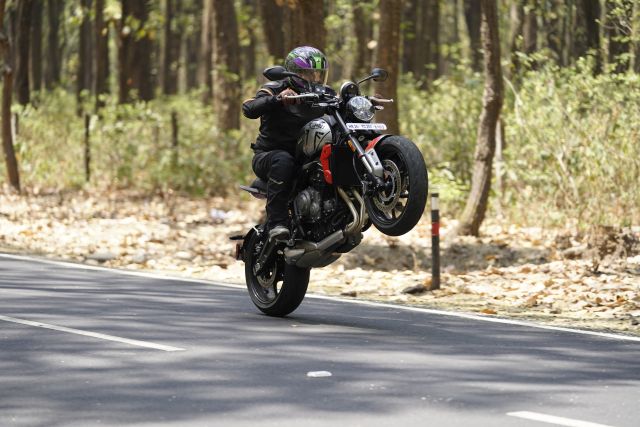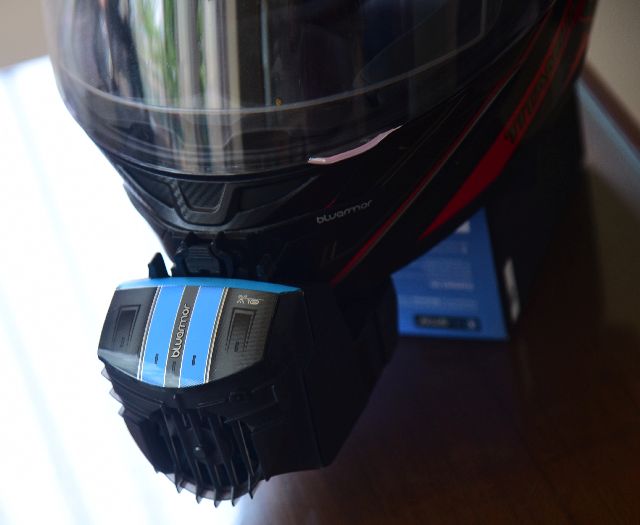The alloy-wheeled Tiger may look tame but we felt it just hides the aggression better. We spent a few days with it on our roads to see what it feels like
 [Read more…] about Triumph Tiger 900 GT First Ride Review – The Tiger Adapts to a New Habitat
[Read more…] about Triumph Tiger 900 GT First Ride Review – The Tiger Adapts to a New Habitat
Best Bikes in India | No.1 Two Wheeler Magazine
The alloy-wheeled Tiger may look tame but we felt it just hides the aggression better. We spent a few days with it on our roads to see what it feels like
 [Read more…] about Triumph Tiger 900 GT First Ride Review – The Tiger Adapts to a New Habitat
[Read more…] about Triumph Tiger 900 GT First Ride Review – The Tiger Adapts to a New Habitat

We spend a day and over 220 kilometres with the Triumph Trident, the British marque’s latest entry-level roadster.
[Read more…] about Triumph Trident 660 First Ride Review: Back to Basics
Ather have expanded to more cities, including Pune, and we subjected the 450X to a real-world range test.
 [Read more…] about Ather 450X Road Test Review – Everyday Electric
[Read more…] about Ather 450X Road Test Review – Everyday Electric
With the temperature rising in Pune, riding a motorcycle in traffic and for long distances was becoming quite uncomfortable. So when we received the Bluarmor Blu3 A10 (compact helmet cooler) test unit, we thought that was the solution.
 [Read more…] about Bluarmor Blu3 A10 Product Review – Keep a Cool Head
[Read more…] about Bluarmor Blu3 A10 Product Review – Keep a Cool Head
The TVS XL is celebrating 40 years of existence. Today, in its most modern guise with advanced features not even imaginable four decades ago, the XL 100 and its variants offer a lot more tech in the tried and trusted frame.